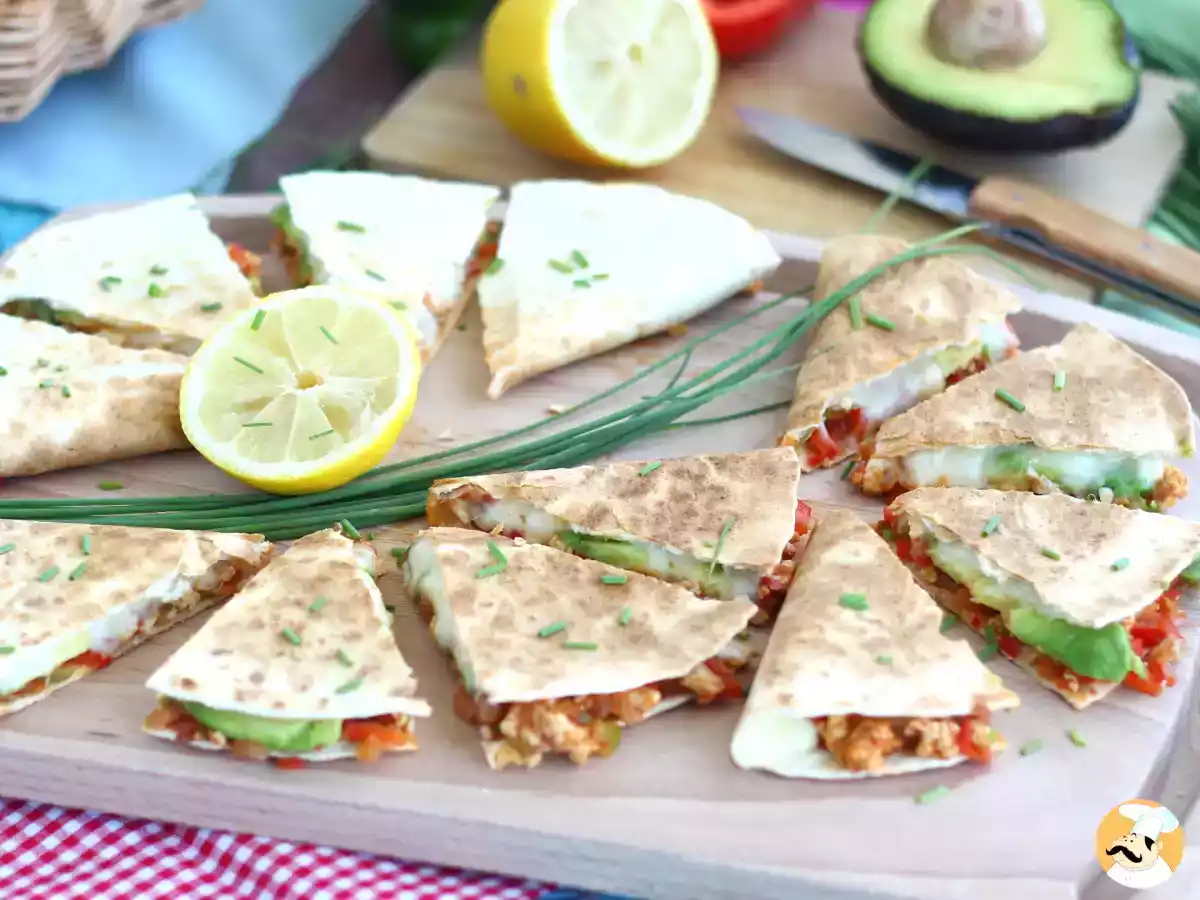Do you know fusion cuisine? Join us on this gastronomic journey around the world.

Globalization has transformed our way of cooking in truly surprising ways. Today, we find in our supermarkets products and ingredients from almost every corner of the world that, until recently, were completely unknown to us. It is not only globalization that has changed the way we eat and cook; migratory movements have also played a decisive role in the evolution of the history of cooking. Migrants, upon arriving in a new country, try to maintain their culinary traditions, although they often cannot find the exact ingredients or utensils required to prepare their recipes. In this way, they end up combining local products with their particular way of cooking. And this is how new versions of their most traditional dishes are born. This is the origin of what we know as fusion cuisine or hybrid cuisine, and that is what we are going to investigate in this article.
Next, we will list the main fusion cuisines of the world, and we will describe their most outstanding recipes and particularities:
Tex-Mex: Texas-Mexican fusion cuisine
This name refers to the type of cuisine that emerged at the end of the 19th century in the border region between Texas and Mexico. When Mexican immigrants settled in Texas, they began to adapt their recipes. Thus, Mexican recipes were strongly influenced by Anglo-Saxon culinary customs.
Characteristics: Tex-Mex cuisine is notable for its use of more caloric ingredients than traditional Mexican cuisine. For example, the prolific use of cheddar cheese, ground beef, sauces, or the preference for flour tortillas instead of corn tortillas is striking.
Iconic dishes such as tacos, enchiladas and nachos stand out worldwide.
2. Nikkei: Japanese and Peruvian fusion cuisine.
It also arose at the end of the 19th century, when thousands of Japanese immigrants arrived in Peru, giving rise to an association of Japanese techniques and the intense and refreshing flavors of Peruvian cuisine. From this mixture emerged the Nikkei cuisine, one of the most reputable worldwide.
Characteristics: Nikkei cuisine is characterized by using Japanese cooking techniques, such as sashimi and sushi, but with a touch of Peruvian flavors, such as chili and cilantro. The result is a fresh and light cuisine full of nuances.
You may have already heard of tiradito (a mixture of Japanese sashimi and Peruvian ceviche), or ceviche nikkei (similar to traditional ceviche but with soy sauce and wasabi).
3. Cajun: French-American fusion cuisine.
Cajun cuisine finds its roots in the south of the United States, specifically in Louisiana, where French colonists settled after being expelled from Canada. This cuisine has evolved further by incorporating African, Spanish and Caribbean influences, resulting in a unique blend of flavors.
Characteristics: Cajun cuisine is very rich in spices and pronounced flavors.
Among the most representative dishes are jambalaya, a rice stew with meat and sausages, or gumbo, a thick broth with sausage and seafood, served over rice.
4. Chifa: Chinese and Peruvian fusion cuisine
Chifa gastronomy, also known as tusan cuisine, was born in Peru with the arrival of Chinese immigrants in the mid-19th century, who went to work in the plantations of the large estates. By adapting their culinary techniques to local ingredients, they created a delicious blend of Chinese and Peruvian flavors.
Characteristics: Peruvian ingredients such as chili, potatoes and corn are used in combination with Chinese techniques such as sautéing. It also highlights the use of oriental sauces such as sweet and sour or soy sauce.
Some of the most representative dishes of this type of cuisine is chaufa rice, a Chinese-style fried rice, but with Peruvian ingredients such as chili or sautéed noodles.
How about you?
Did you know this type of cuisine? Have you tried any of its recipes? What did you think? Don't hesitate to share with us your experiences. We love to read about them!



Comments